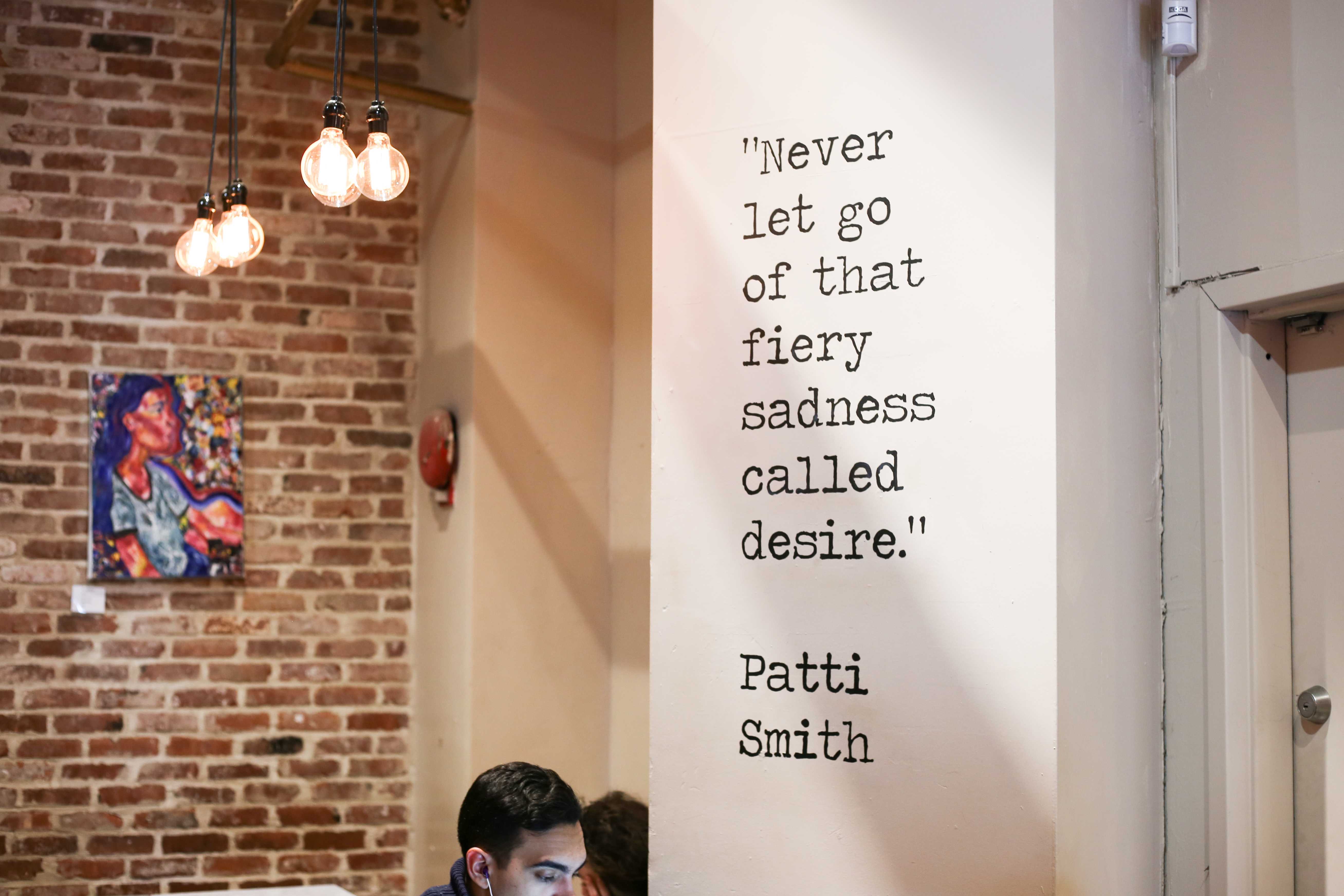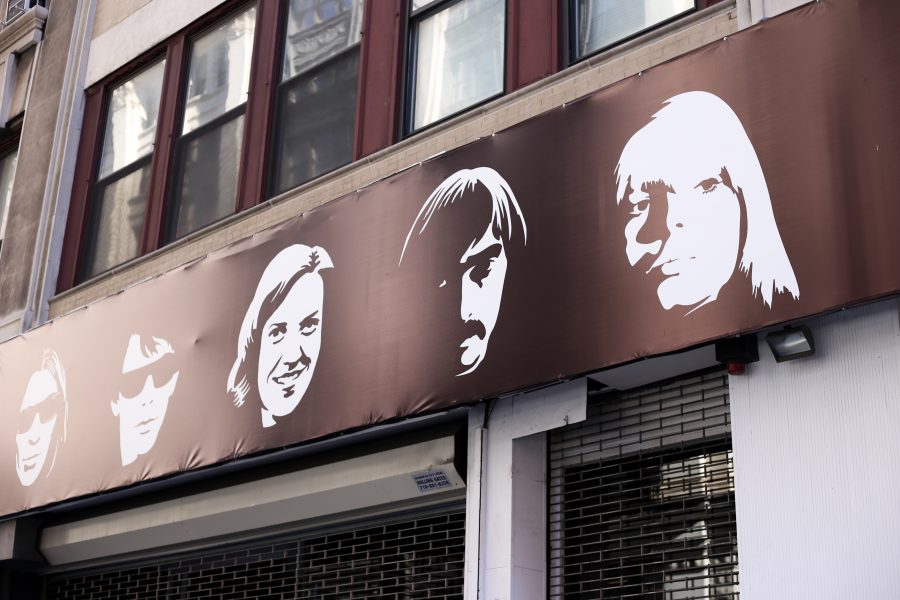If you’re like most, you know Andy Warhol for his Campbell soup can paintings that persist as an iconic representation of pop art. But there’s much more to the 20th-century artist than this collection.
From the 1960s to the 1980s, Warhol reigned in New York City. He collected artists and visionaries to work in his studio known as “The Factory,” established in Union Square. With his band of followers behind him, Warhol pioneered a movement. That movement permeated into the culture of the East Village and Greenwich Village, and its effects are still seen today.
Tisch sophomore Caroline Hedrick commented on the allure surrounding Warhol and why she believes his influence lingers.
“It was either you knew him personally or it was word of mouth,” Hedrick said. “Hearing about Andy Warhol created this mystical sense about him and brought him his fame, which is very different from a modern-day celebrity, such as a Kardashian.”
In an effort to differentiate themselves, students at NYU can become obsessed with originality, hoping to stand out like Warhol once did. But Warhol did not achieve success alone. His reliance on other people stresses the importance of community.
“He had a whole posse of people working under him and alongside him,” CAS sophomore Isabella Bohren said. “They lived together and created artwork 24/7 and that is really what New York is all about. Those roots are still here in the creative community, and that’s really special.”

By communicating and working together, the student body has a unique opportunity to feed off of one another’s creativity, much like the atmosphere Warhol cultivated in his factory.
Encouraged by his fame, his followers and the ever-evolving culture of New York City, Warhol branched out to new mediums beyond painting and film. CAS sophomore Emmett Hannigan, a computer science major, spoke about Warhol’s digital innovations.
“In the late 1980s, Andy Warhol was one of the first people to create art on digital computers,” Hannigan said. “He helped spearhead the modern notion of viewing digital technology as a medium for art and creativity.”
Beginning in the ’70s, computers entered the mainstream market and became available to the general public.
“People saw them as a way to process word documents or make calculations easier,” Hannigan said.
Andy Warhol saw computers in a way very few others did, making modern-day web design classes possible.
Beyond a persistent general culture of creativity and community, tangible examples of Warhol’s influence can be seen around campus. A temporary exhibition on The Velvet Underground — a band from the 1960s managed for some time by Warhol — opened on Broadway near the NYU Bookstore earlier this year. To learn even more about Warhol and see his influence in action, visit the Andy Warhol exhibit on display at the Whitney Museum until March 31.
A version of this article appears in the Monday, Feb. 11, 2019, print edition.
Email Calais Catherine Watkins at [email protected].























































































































































